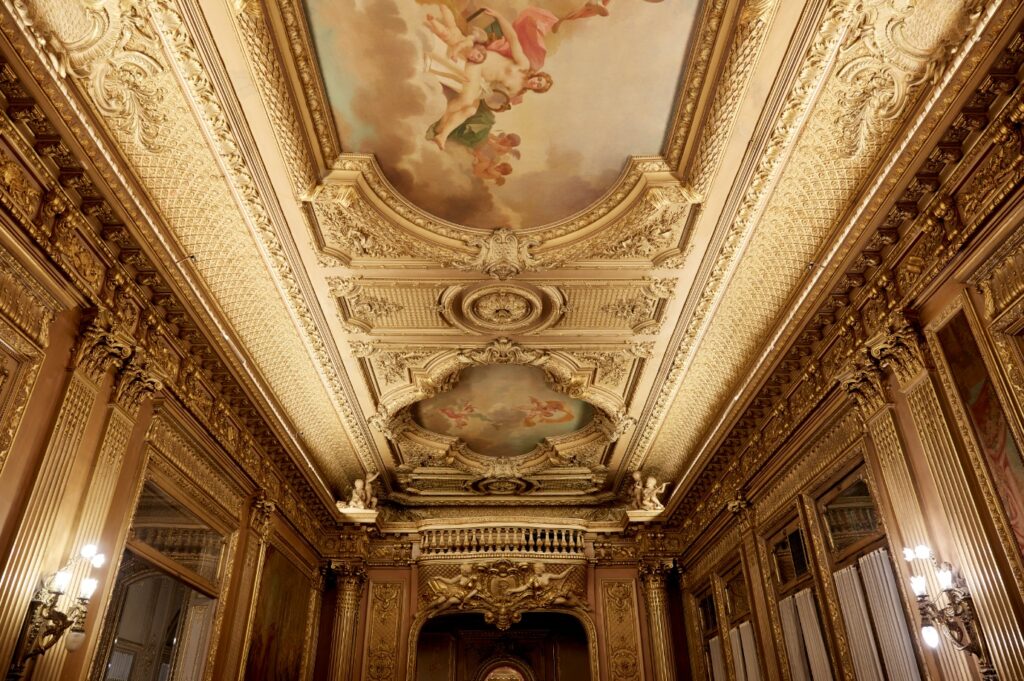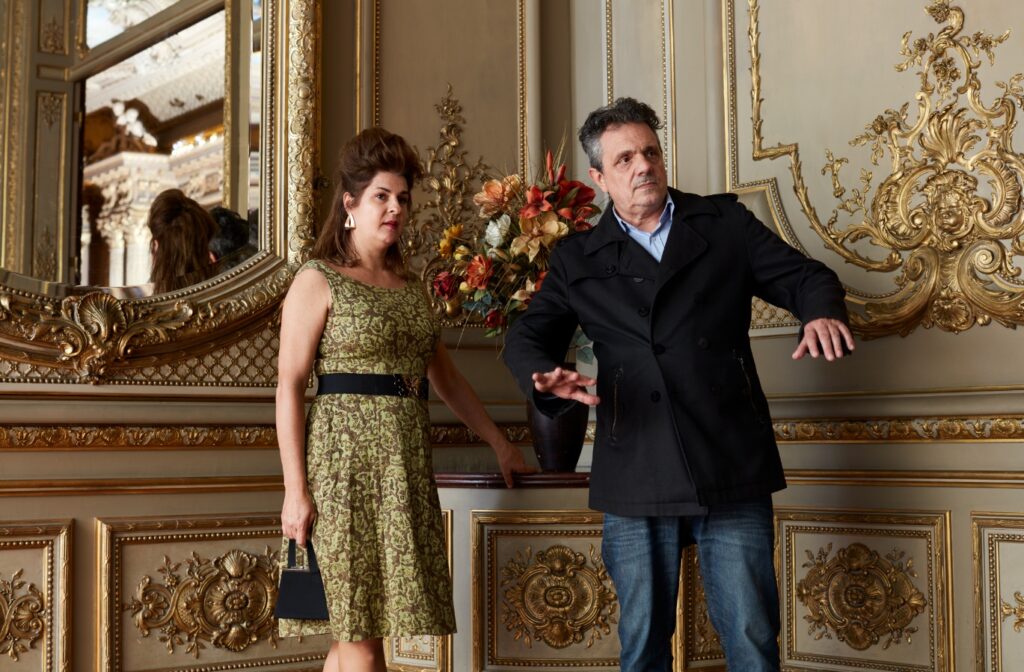El área de Cultura porteña presentó TRAZA, la intervención multidisciplinar en el antiguo edificio de La Prensa, hoy sede del mencionado Ministerio ubicado sobre la Avenida de Mayo 575.
La misma invita a un grupo de artistas a desplegar, experimentar y profundizar mediante un proceso creativo y colectivo, un recorrido conceptual sobre el resignificado de los halls, rincones, despachos y salones del emblemático edificio, que quedaron vacíos a partir de la pandemia.
Este recorrido permanecerá abierto hasta el 19 de diciembre y se podrá visitar de viernes a domingos.
El equipo artístico de la obra está conformado por Alejandro Fadel, Manuel Hermelo, Karina Peisajovich, Zoe di Rienzo, Diego Vainer, con textos de a77, Liliana Viola y Gabriela Cabezón Cámara. El concepto y curaduría están a cargo de Julieta Ascar, Alejandro Ros, Mariana Obersztern y Alejandro Tantanian.
En el contexto de esta obra Site-Specific, las diferentes piezas, lumínica, sonora, gráfico-literaria y fílmica que se han comisionado a Karina Peisajovich, Diego Vainer, Liliana Viola, Alejandro Fadel y a77, participan de la idea de inmaterialidad, un concepto que ha interesado al equipo curatorial -Ascar, Obersztern, Ros y Tantanian- a la hora de concebir el proyecto.
De este modo, la obra establece preguntas sobre la noción de patrimonio. A lo largo de la visita por los diferentes espacios, los visitantes podrán, tanto conectar con la carga histórica implícita en el edificio como adentrarse en las intervenciones que los artistas invitados han realizado en él.
“Con el objetivo de fomentar la producción artística e incentivar la reactivación del microcentro porteño a través de las artes visuales, la arquitectura y nuestro patrimonio, traemos esta gran propuesta. TRAZA es una intervención en la Casa de la Cultura, donde un grupo de artistas se despliegan, experimentan y profundizan en un proceso creativo y colectivo imperdible. Queremos resignificar los espacios que quedaron vacíos a partir de la pandemia”, señaló el ministro de cultura porteño, Enrique Avogadro.

“El recorrido propone deconstruir un poco la noción de patrimonio, la idea es que los visitantes puedan trazar una distancia crítica sobre esos cánones, que cada uno pueda preguntarse qué quiere recibir como legado. Queríamos hacer una obra colectiva pero con singularidades, por eso la implicancia y los diferentes perfiles de cada una de las personas que participan”, explica la artista y curadora de la obra, Julieta Ascar, en relación a la selección de artistas que llevó a cabo para la realización del proyecto.
“Nos gusta la tensión rebelde que se genera entre el edificio y la idea de lo que es patrimoniable y lo que no. La idea era meternos en los recovecos, en lo que está corrido de la ruta central, recuperar algo de lo que se deja del lado en el concepto de patrimonio. Y así generar un patrimonio evanescente, poético, que pueda dejar una huella en la memoria delos visitantes”, cuenta la autora y directora teatral Mariana Obersztern, parte del comité curatorial de la pieza.
Zoe Di Rienzo y Manuel Hermelo, los artistas y guías performáticos del recorrido Con el fin de fomentar la producción artística, promover la exploración entre arte, arquitectura y patrimonio y fortalecer el ecosistema cultural, TRAZA invita al público a recorrer el interior de un edificio histórico de la Ciudad, y poner a prueba todos sus sentidos mientras reinterpretan, a través de la obra, el significado de cada uno de los espacios.
La pandemia afectó a las sociedades en todo el mundo y puso en estado de incertidumbre a cada uno de sus integrantes. Uno de los mayores cambios se dio en la manera de habitar los espacios. Entre los nuevos conceptos que hoy se debaten, están el desplazamiento del centro a la periferia, los espacios multifuncionales, y el nuevo relato del espacio público. En la Ciudad de Buenos Aires, el micro y macrocentro se vieron especialmente afectados. Es una zona emblemática, acostumbrada a recibir a gran cantidad de oficinistas y turistas que, a partir del aislamiento y la interrupción de actividades, dejaron de frecuentar el centro porteño.
El Gobierno de la Ciudad lleva adelante un plan de reactivación del micro y macrocentro de la Ciudad a través de un programa que incluye una serie de medidas, tanto económicas como culturales, que buscan transformar la experiencia en el espacio público. El objetivo es volver a poner en valor esta zona de la Ciudad, y uno de los lugares preferidos, tanto de los vecinos como de los turistas que la visitan.
TRAZA está integrado por un equipo de artistas interdisciplinares, que buscó hacer de la propuesta un guión artístico en torno a los siguientes conceptos:
– El gesto de época: la pandemia
– La revisión de los espacios público/privado
– La interpelación del concepto bien patrimonial, asumiendo al intangible, al bien de uso y al bien en desuso como disparadores matrices de la concepción final.
TRAZA busca, de esta manera, promover el intercambio y desarrollo artístico en un mismo espacio con el fin de fomentar la producción artística nacional, incentivar la presencia de las artes visuales en el entorno urbano y explorar el vínculo entre arte y patrimonio. La obra será un documento testimonial de una época única: la transición post pandemia en la cultura contemporánea.

